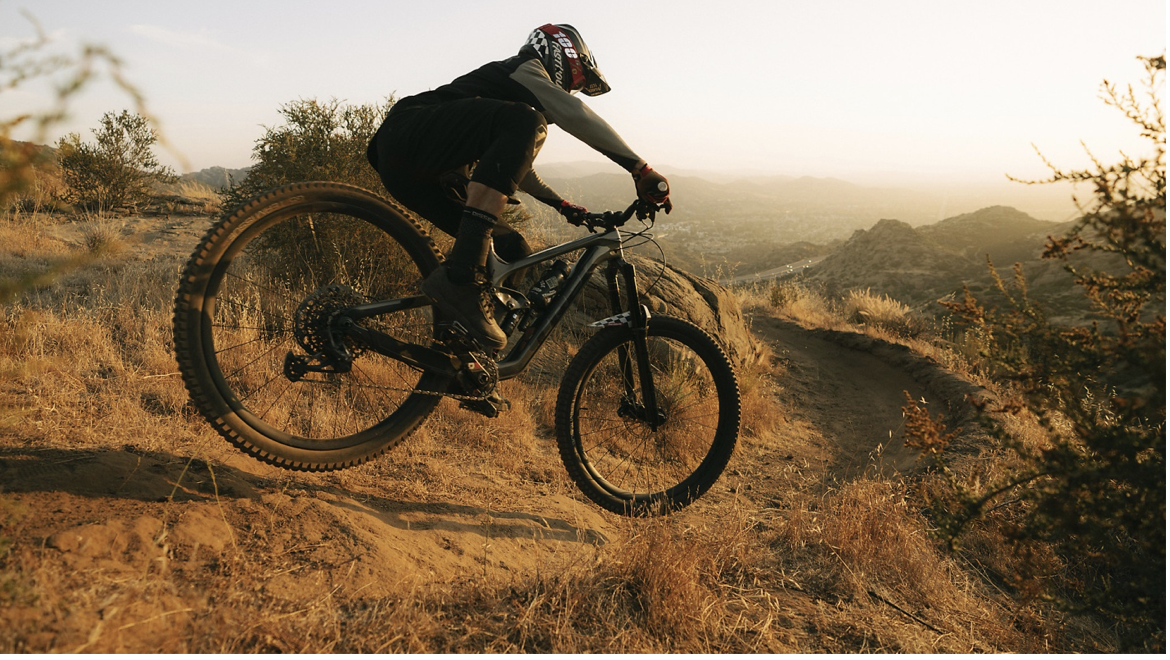MTB VS BMX

If you enjoy cycling, your riding style and where and how you prefer to ride will determine the type of bike you ride. If you enjoy riding on rough terrain, hills, and mountains, a mountain bike is the best option for you; however, if you prefer racing on smooth, artificial tracks with built-in jumps and other obstacles, a BMX bike is more your style. Mountain bikes are intended for off-road riding on rugged terrain, while BMX bikes are designed to ride on flat areas and do jumps and tricks.
The Frame
The various uses of each type of bicycle influence the design of their frames. Throughout its lifespan, a BMX is subjected to significant impacts. Racing off-ramps and jumps is a way of life for BMXers, and their bikes must have a solid frame to withstand this aggressive treatment. Because their use necessitates a compact structure, most BMX bikes are similar in size.
While mountain biking appears to be more rugged, it is often less violent than BMX-style racing or riding. The MTB frame is typically designed for vibration absorption and functionality. An MTB frame is often more flexible and tailored to the rider’s size.
Gears
BMX bikes have a single gear suited to the rider’s power and tempo by the sprocket size. MTBs can have up to 24 gears, allowing them to tackle a variety of terrain, from severe climbs to long flat straights. BMX pedals might be huge flats with sharp teeth, or they can clip to the bottoms of the shoes. MTB pedals can also take these forms, including a cage or strap to keep the shoe in place.
Braking
Extensive tricks and acrobatics requiring the ability to spin the handlebars in both directions are common on BMX bikes. A specific braking mechanism is used on high-end BMX bicycles to avoid the brake cable from tangling in the handlebars.
The brakes are usually only placed on the rear wheel on a BMX bike. It is frequently a V-brake kind of braking device. The V-brake squeezes the tire, slowing the bike down and bringing it to a halt.
On the other hand, an MTB’s brakes are built to resist the high temperatures of braking on a descent. This is critical for trail users who are traveling steep hills. Disc brakes are commonly utilized to provide more braking power and withstand adverse conditions such as mud, water, and excessive heat.
Suspension
Suspension is not present on BMX bikes. During their sprint, riders use full push and power to overcome barriers. Impacts are absorbed by their legs and bodies. A modern MTB can be either a hard-tail with only front suspension or fully suspended. Suspension helps the tires follow irregularities in the terrain for better control and comfort for the rider.
Wheels
The wheels on a BMX are usually 20 or 24 inches in diameter. The tires are made to resist the impact of leaps and tricks while still performing well on flat areas. Internally, they are usually reinforced to prevent a premature blowout when landing off big air.
MTB requires larger wheels to handle the pebbles and holes of a typical path. MTB wheels are typically 26 or 29 inches in diameter, but this might vary depending on the rider’s size. The tires have big, knobby grooves that provide a good grip on various surfaces.
Steering Wheel
The front wheels and handlebars of BMX bikes may spin 360 degrees. Because there are no hand brakes or gear switches on the handlebars, you have a lot more mobility than on a mountain bike for quick twists and stunts.
Mountain bikes’ handlebars and steering are designed to withstand heavy knocks and bumps while maintaining rider control and balance while navigating rugged and hilly terrain. Here is a website where you can get detailed info about mountain bikes.





